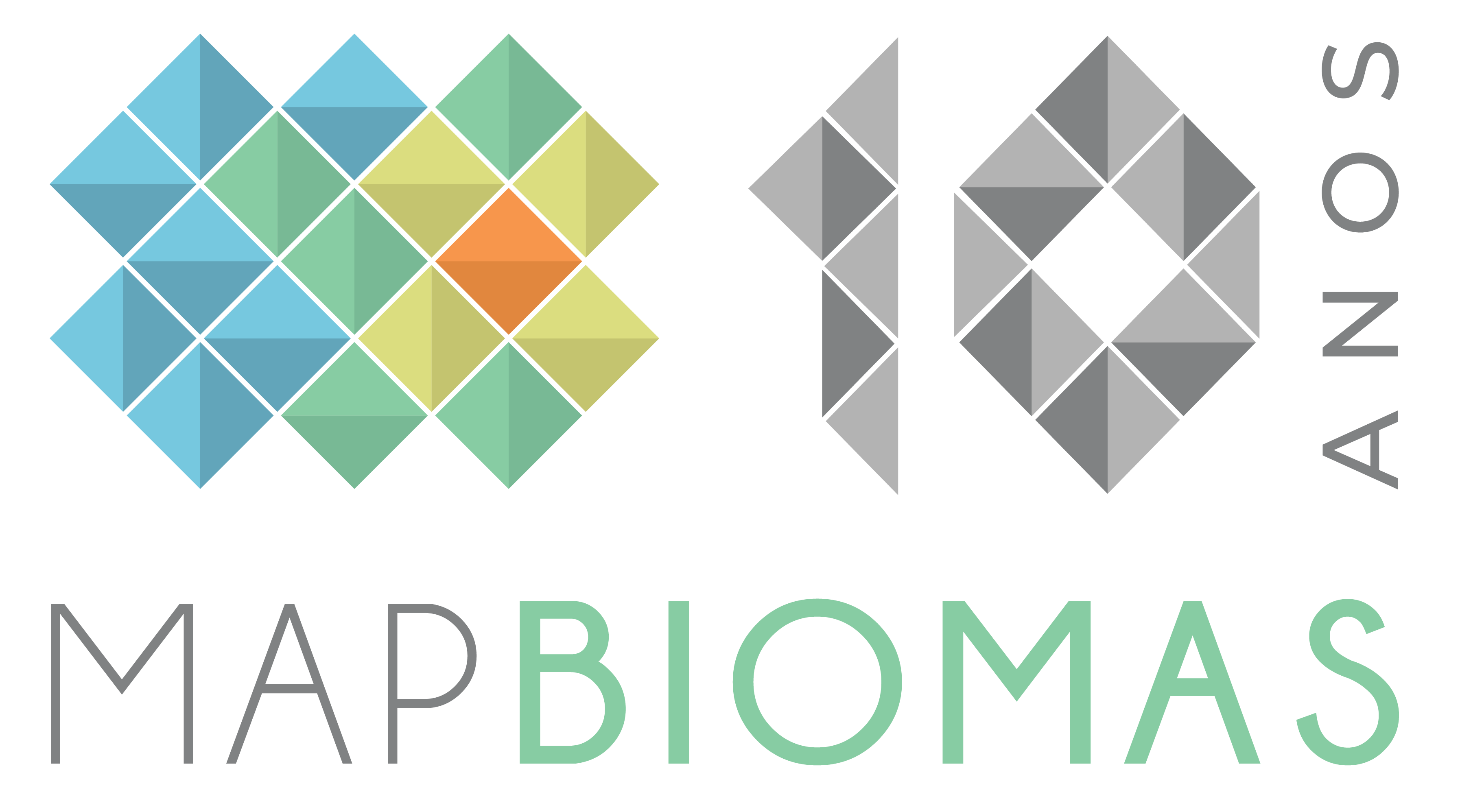The MapBiomas Water platform incorporates data from 2021 and now offers monthly figures
On World Water Day (March 22), MapBiomas presents the updates to its platform of data regarding the surface covered with water in the Brazilian territory. Maps and statistics from 2021 have been updated, and the data can now be consulted on a monthly scale. Additionally, official reservoirs from the database of the National Water Agency have been integrated into the platform.
The current situation is concerning. The historical series between 1985 and 2020 had shown a decrease of 15.7% in the surface area covered with water in the national territory. Last year did not bring any signs of relief in this trend: the surface area covered with water remains stagnant at around 16.5 million hectares, reflecting the water crisis that has plagued the country and prevented the recovery of lost water surface in previous years. In January and February 2022, the changes were not significant. All data is already available at https://plataforma.brasil.mapbiomas.org/agua
"In addition to the climatic factor, which has a growing importance each year due to changes in rainfall patterns and the duration of dry periods, water areas in Brazil are affected by changes in land use and land cover, the construction of dams and hydroelectric power plants, and pollution," explains Carlos Souza, coordinator of the Water Working Group at MapBiomas. "While the water surface is shrinking, suggesting less availability of this resource, there are no indications that its use has decreased. On the contrary, the excessive use of water resources, including groundwater, for the production of goods, food, and services is one of the factors that have altered the quality and availability of water in all Brazilian biomes," he adds.
Another novelty of MapBiomas Water is that the mapping of glaciers in the Andes has already been completed, and the mapping and monitoring of water in South America are in full expansion. Carlos Souza explains that "42% of the total area of glaciers in the Andes retreated from 1990 to 2020, which indicates that the climatic factor is a strong driver of change in water availability on the continent."
In a webinar held this Tuesday (22), the connections between surface waters and groundwater were explored in a series of lightning talks, along with the factors that may explain the reduction of water surface in Brazil.
About MapBiomas
A multi-institutional initiative, involving universities, NGOs and technology companies, focused on monitoring transformations in land cover and land use in Brazil. This platform is today the most complete, up-to-date and detailed spatial database of land use in a country available in the world. All MapBiomas data, maps, methods and codes are available publicly and free of charge on the initiative's website: brasil.mapbiomas.org

